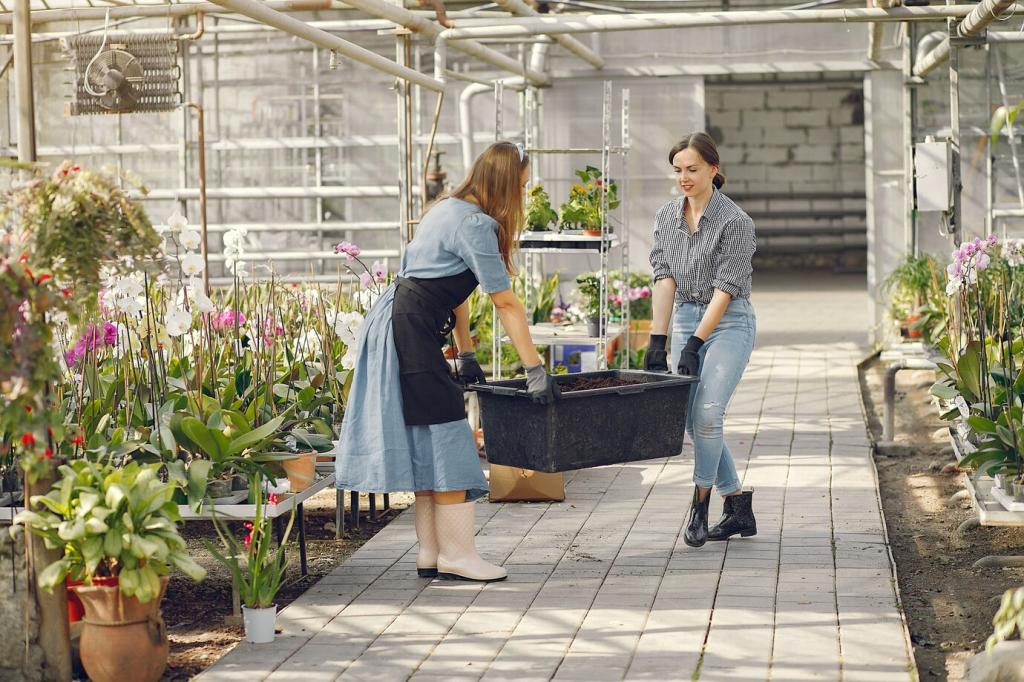
Hanging and Floating Plant Displays
Hanging and floating plant displays introduce an imaginative and dynamic element to modern interiors and outdoor environments. By elevating greenery above the ground, these displays create captivating visual interest and utilize space in creative ways. Whether suspended from the ceiling, mounted on walls, or floating elegantly in water, plants take on a new dimension, transforming bland spaces into lush, vibrant areas. Ideal for both homes and offices, hanging and floating plant displays blend aesthetics with the proven psychological benefits of biophilic design, fostering a calmer, healthier ambiance where people can thrive.

Innovative Design Approaches
Utilizing vertical space is at the core of many hanging and floating plant displays. As urban living spaces become smaller and more valuable, the need for innovative solutions that don’t consume precious floor area has grown. When plants are elevated, whether suspended from the ceiling or mounted on the wall, they introduce greenery without encroaching on everyday living zones. Vertical gardens and staggered arrangements draw the eye upward, creating the illusion of higher ceilings and more expansive rooms. This technique is particularly effective in urban apartments, compact offices, and other settings where maximizing every square inch is paramount.
Choosing the Right Plants
Plants chosen for hanging or floating arrangements must tolerate the sometimes tricky environments that these displays create. Hanging plants often have their roots exposed to more air or sunlight, while floating plants may spend their lives entirely in water. Species like pothos, philodendrons, and spider plants are popular for their hardiness and tolerance of variable indoor conditions. Aquatic plants such as water lettuce or water hyacinth adapt beautifully to floating displays, requiring only moderate light and clean water. Prioritizing adaptable plants helps ensure that displays remain healthy and beautiful with less intensive care.
Previous
Next
Enhancing Windows and Natural Light Spots
Placing hanging plants near windows optimizes their access to natural light, helping them flourish while also framing views with living beauty. Floating planters in sunlit atriums or on water features by the window add a striking interplay between light and foliage. Such arrangements soften hard architectural lines, filter harsh sunlight, and bring a sense of indoor/outdoor harmony. Especially in spaces with large or floor-to-ceiling windows, incorporating plants at varying heights creates depth and movement, making each glance in that direction a refreshing experience.
Strategic Division of Living Zones
Hanging and floating displays can thoughtfully delineate different functions within an open environment. For example, a line of suspended planters can subtly mark the transition from a living room to a dining area or workspace, without obstructing sightlines or compromising airiness. Floating plant clusters on a kitchen island or above a bathtub inject both privacy and a touch of luxury. This placement encourages exploration and reimagines routine spaces, demonstrating how strategic positioning of greenery can both organize and elevate the flow of living and working areas.
